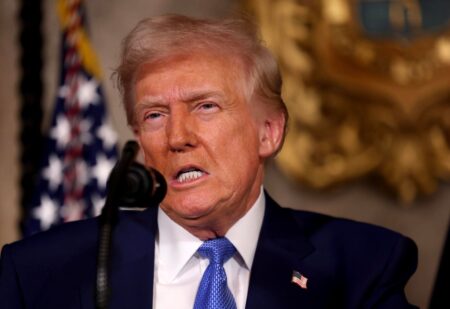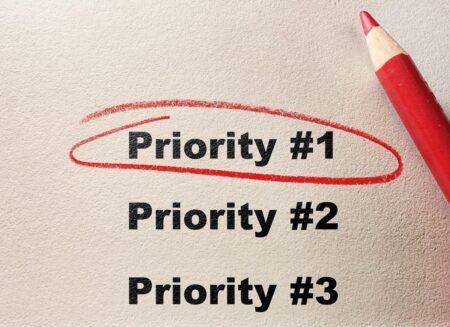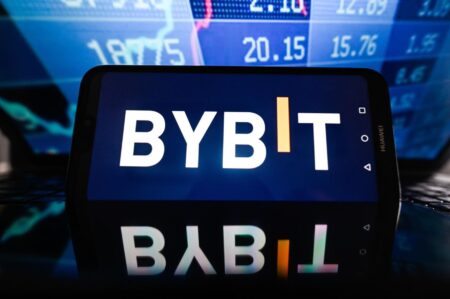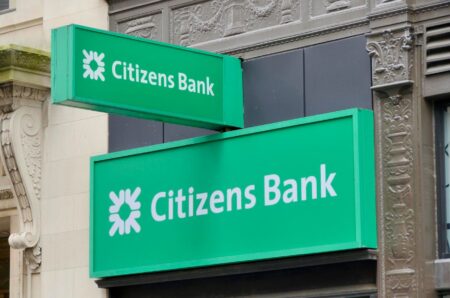Economists and business leaders have regularly pointed to consumer spending as a good sign for the economy. Understandably why, because about 69% of gross domestic product — GDP, the typical economic measure — is consumer spending. A red flag of credit card defaults has gone up that should make everyone take much greater care.
Why consumer spending is critical
Without that seemingly indefatigable consumer spending engine, things would freeze up. Even worse, there would be chain reactions. Companies that did direct business with people would see their revenues drop.
They would conserve resources by laying off employees and spending less with their vendors. Those vendors — business-to-business companies — would then protect themselves by similar actions. More people would become unemployed, face economic pressure, and reduce their own spending as much as possible, causing yet another round of spending reductions.
In the parlance of control theory, you get a whopping positive feedback loop, which isn’t positive in the emotional or strategic sense. Actions keep moving things in a given direction until they might oscillate out of control, like driving a car that skids under icy or wet road conditions and then steering the wrong way and spinning.
Credit takes place of income
People have continued to spend, and for the wealthier that may be fine because they have the necessary resources to do so. A majority of U.S. households, however, have found themselves left behind over the last 40 years. Median wage growth has not kept pace with inflation, those at the economic 25th percentile have lost value every year, and the people at the 75th percentile and above have seen real earnings grow by around 10% a year.
What happens when people’s incomes don’t keep up with growing costs, especially during high inflation jumps that permanently increase the cost of living, is that they look to make up the difference in other ways, like credit cards and other forms of highly expensive revolving credit. The following graph from the Federal Reserve Bank of St. Louis is of consumer loan data from the Fed’s Board of Governors.
The more such credit use grows, the top-heavier the economy. A current major red flag indicates that things are more precariously balanced than is generally admitted.
Credit card defaults skyrocket
The Financial Times recently ran an article on how U.S. credit card loan defaults are at their highest level since the 2008 financial crisis. Using information from BankRegData, which regularly follows and collates data from regulatory agencies, the FT reported that credit card lenders wrote off $46 billion in seriously delinquent loan balances from January through September 2024. That was up 50% from the same period in 2023 and the largest amount in 14 years.
As an example, Capital One said that as of November, the percentage of its overall loans marked as unrecoverable reached 6.1%, up from last year’s 5.2%. Overall, might mean a larger selection of loan types, not just credit cards.
“High-income households are fine, but the bottom third of US consumers are tapped out,” Mark Zandi, head of Moody’s Analytics, told the paper. “Their savings rate right now is zero.”
According to the FT, as of the end of September 2024, those who can’t pay off their credit card balances in full paid $170 billion in interest over the previous 12 months. The hope that the Fed would keep slashing rates, eventually resulting in lower credit card terms, disappeared just over a week ago when they projected that inflation would rise in 2025 and that there would be far fewer rate cuts next year.
Maybe people can keep their credit use in safe hands, but with credit card defaults on the rise, concern about the economy is the least people can offer.
Read the full article here











